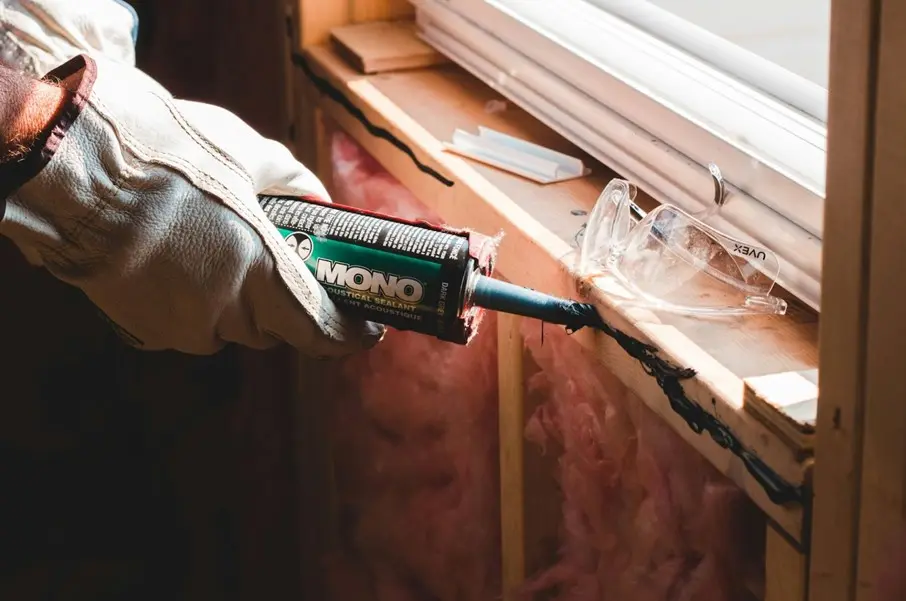Home heating is something many people only think about when something goes wrong. But if your system is starting to feel outdated, inefficient, or unpredictable, it might be time to look beyond basic maintenance. A well-functioning heating setup depends not only on your furnace or boiler—but also on the condition of your fuel tank.
If your tank is aging or underperforming, a revamp might be exactly what your home needs. Replacing older components can improve efficiency, safety, and peace of mind, all while keeping your household warm through the coldest seasons.
Your Heating System Is Only as Reliable as Its Tank
It’s easy to assume that as long as heat is flowing, everything’s fine. But the tank that holds your heating oil can quietly degrade over time. Rust, sediment buildup, moisture, and wear can cause a wide range of problems long before a visible failure occurs.
The tank’s job is simple: safely store and deliver oil to your heating system. But as it ages, that job becomes harder to do well. Small leaks or inconsistent fuel flow can put stress on other parts of the system, eventually causing performance issues or breakdowns that affect your entire home.
When Is It Time for a Replacement?
Most heating oil tanks last 15 to 25 years. If yours is older than that—or if you’re unsure of its age—it’s worth considering a closer look. You don’t need to wait for something to go wrong before making improvements. In fact, catching a failing tank early can help you avoid emergency repairs, environmental damage, and high cleanup costs.
Some telltale signs that a tank is nearing the end of its useful life include:
- A strong oil smell near the tank
- Visible corrosion, dents, or oil stains
- An unreliable fuel gauge
- Rising fuel consumption without a change in use
- Moisture or sweating on the tank’s surface
Each of these symptoms suggests that the tank may be under stress—or failing slowly.
Upgrading Brings Real Benefits
Swapping out an old tank for a newer model offers more than just peace of mind. It can improve how your entire system functions. A new tank typically comes with better materials, modern safety features, and more precise monitoring.
Here are some of the main benefits of an upgrade:
- Increased efficiency: Newer tanks allow cleaner fuel flow, helping your system run more effectively.
- Lower maintenance: With corrosion-resistant designs and modern fittings, you’ll likely need fewer service visits.
- More accurate readings: New gauge systems help monitor fuel levels, reducing the chance of running out unexpectedly.
- Environmental safety: Modern tanks are built with features to minimize the risk of leaks and spills.
These advantages not only reduce stress but can also help extend the life of your entire heating system.
Planning Your Upgrade the Smart Way
Revamping your heating setup should never be a last-minute decision. Planning in advance—preferably during the warmer months—lets you research your options, prepare your home for installation, and avoid being caught off guard by a sudden failure.
Here’s how to make the process easier:
- Start with a tank inspection: A professional can evaluate the condition of your current setup and identify signs of wear you might not see.
- Clear the surrounding area: Removing obstacles around your tank will make the upgrade faster and more efficient.
- Check for regulations: Some areas have specific requirements for heating oil tanks. Know what’s allowed before choosing a new model.
- Consider your fuel needs: If your household has grown or your heating habits have changed, this might be a good time to choose a larger or more efficient tank.
These small steps can make a big difference in the success of your system upgrade.
What Happens During Replacement?
The process of replacing a heating oil tank is typically straightforward when performed by professionals. First, the old tank is emptied and disconnected, then safely removed. After preparing the space, the new tank is installed, connected, and tested to ensure everything runs properly.
Depending on your home’s layout, tanks can be placed in a basement, utility room, or outside in a protected area. In each case, proper support, fuel lines, and ventilation are factored into the design to ensure safe and lasting operation.
To learn more about when a system update might be necessary, you can review this guide on heating oil tank replacement and how it impacts the overall performance of your home’s heating.
Investing in Long-Term Comfort
While upgrading your tank might not be the flashiest home improvement project, it’s one that delivers real value. A properly functioning tank ensures that your home stays reliably warm, your fuel is used efficiently, and your heating system works smoothly all season long.
If you’ve noticed signs of wear or just haven’t had your tank inspected in a while, consider whether now is the right time to make a change. A fresh start might be exactly what your heating setup needs.
Also Read-Harnessing Technology for Efficient Home Management


